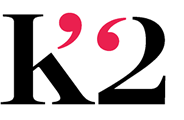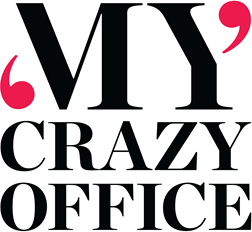This week has been interesting because I can safely say I’ve been in a bad mood for much of it. Perhaps it’s because I don’t want summer to end. Maybe it’s connected to the approach of 9/11. Or Maybe it’s just ‘cuz. While it’s tempting to wonder why, the bigger issue is how to ride it out.
When I’m in a bad mood, external experiences tend to match. So this week, I lost my purse on my commuter bus (then had it returned), our phones went out for two days, the rain created two water leaks in my office, and I discovered that our basement was infested with mold (which I aggressively vacuumed away).
It’s kind of cute how the universe picked up on my bad mood and magnified it.
The good news is that I’m old enough to know that this too shall pass. I can see my mood and the irritating events of this week as tiny blips on life’s screen.
And I know that it would serve me to slow down, catch my breath, and do one of the many things we often suggest: restore my energy with exercise, yoga or rest; repair my emotional state by meditating, and spending time with people I love.
How do you ride out your bad mood(s)? Maybe we can help each other out.







wwyikm says:
Thanks, Ronie.
Nailtkina says:
The #1 MistakeWhen you are faced with an angry customer, you pboabrly assume that the customer wants his or her “problem” fixed. That’s a logical approach and it’s at least partly true. Angry customers expect that you will be able to help them in some concrete way, by meeting their want or need. However, there’s more to the story.Ever notice that with a really angry person, even if you can “fix” the problem, the person still acts in angry or nasty ways? Why is that? Well, actually angry customers want several things. Yes, they want the problem fixed, but they also want to BE HEARD, TO BE LISTENED TO, and to have their upset and emotional state recognized and acknowledged.What most employees do with angry customers is move immediately to solve the problem without giving that acknowledgment. Do you know what happens? The customer is so angry that he or she isn’t prepared to work to solve the problem, doesn’t listen, and gets in the way of solving the problem. So the number one error is moving to solve the problem before the customer is “ready”, or calm enough to work with the employee. The result is the employee has to repeat things over and over (since the customer didn’t hear), and has to ask the same questions over and over. And that’s what drives people nuts.